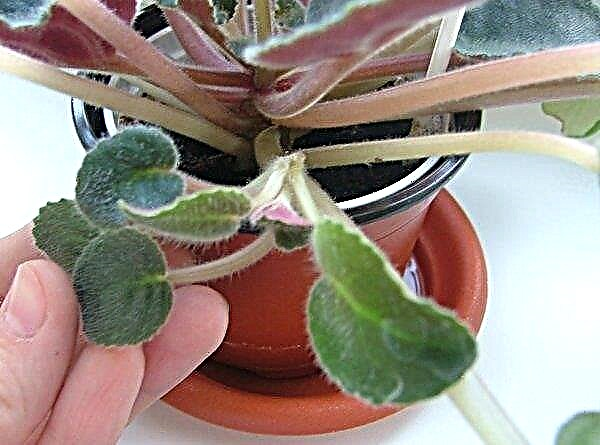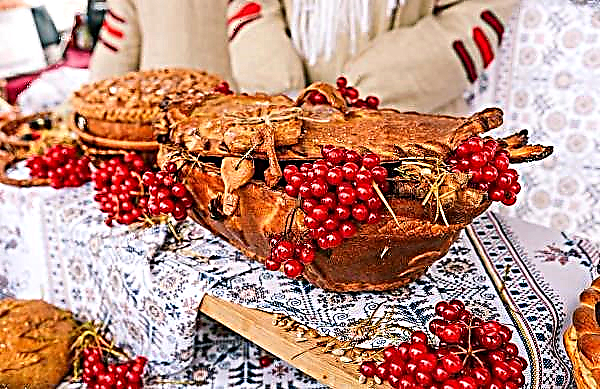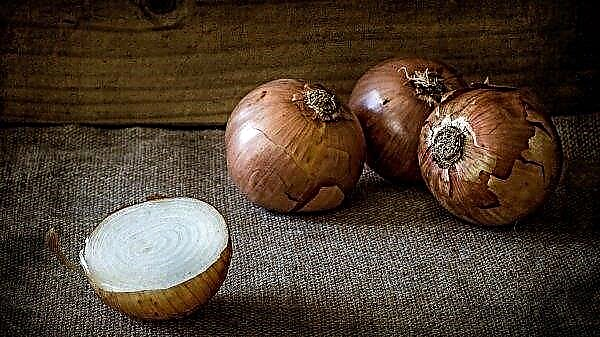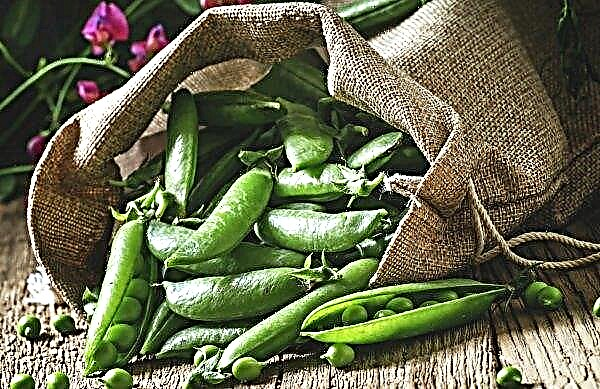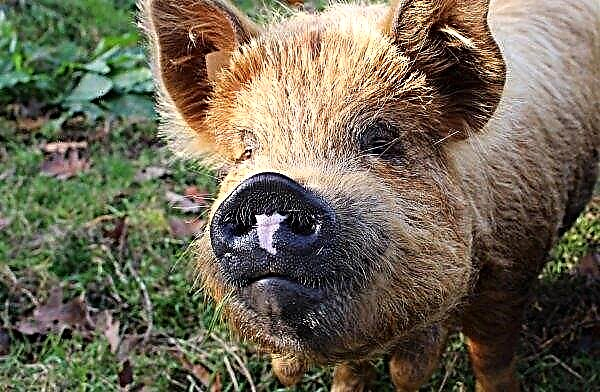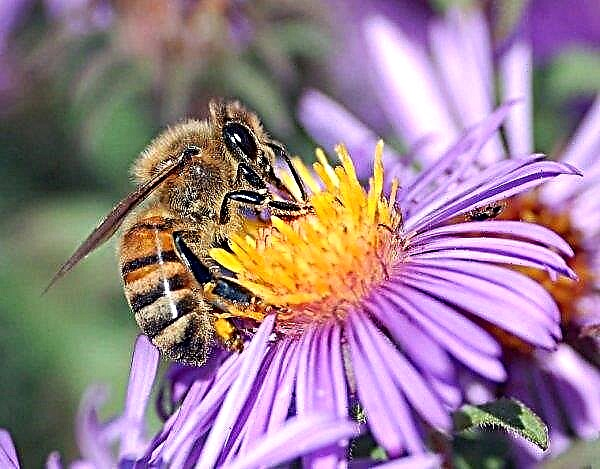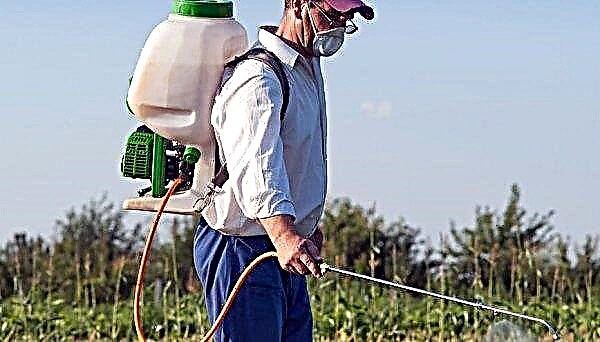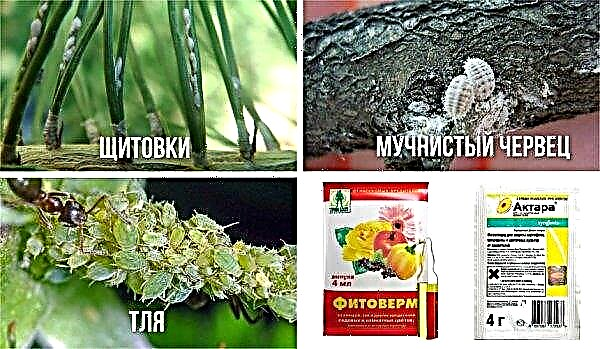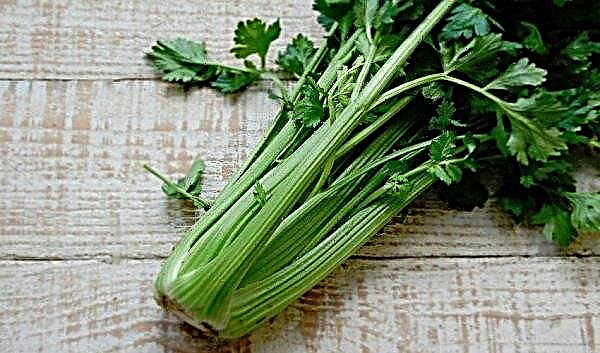It’s sometimes difficult to understand even the experienced farmer in the existing variety of beet varieties, especially since this list is increasing from year to year. Our review provides a brief description of the best varieties of this vegetable in gradations in ripening time, as well as climatic conditions that are best suited to a particular species.
Varieties of beetroot
When choosing a variety of beetroot, a farmer or summer resident can be guided by different criteria, but it is always important to know at what time you can expect to harvest. As you know, on this basis, vegetables are divided into early ripe, mid-ripening and late.
Important! According to the generally accepted gradation, the varieties ripening for a period of 50 to 80 days are considered to be early, for medium this term should not exceed 100 days, a longer growing season characterizes the variety as late. But in practice, such a classification is very arbitrary: often varieties that form 3 months or longer are classified as early and 4 months as medium.
Early
The following varieties are best suited for fresh consumption in the summer:
- Matryona. The fruits have a dark burgundy peel and red flesh with a purple hue. The variety is appreciated for its excellent taste, resistance to the diseases most characteristic of root crops, as well as its suitability for long-term storage despite early ripening.
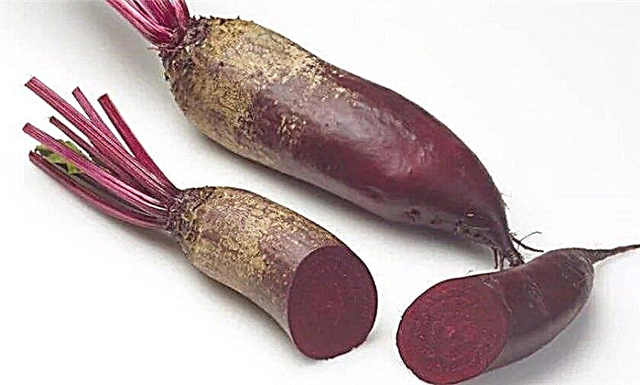
- Kozak. It differs in the same dark color of the peel and pulp, has a sweet and juicy taste, delicate structure, completely devoid of coarse fibers. It adapts well to external conditions, due to which it can be grown in regions with different climates.
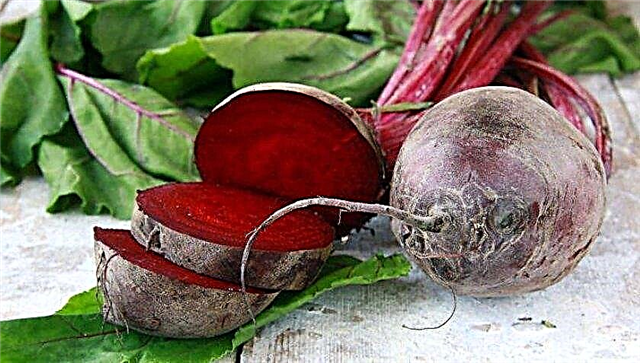
- "Action F1". Valuable hybrid with smooth dark burgundy peel and beautiful dark flesh. In addition to excellent taste, this beet is appreciated for its drought tolerance.

- "Pablo F1". It has small fruits of the correct form with high commercial qualities - a nice glossy shine and rich purple color. The sugar content is high. The hybrid is frost-resistant, suitable for winter planting.
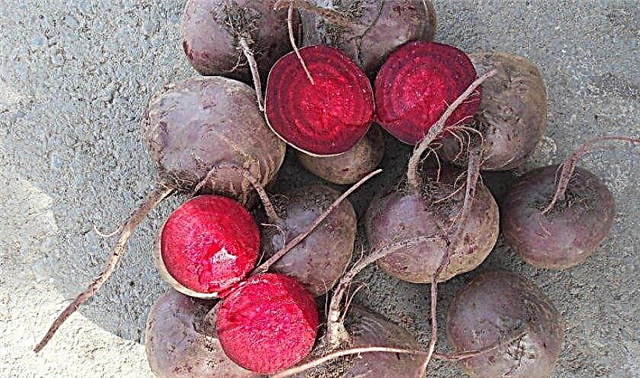
- "Detroit". This variety is also distinguished by the small size of root crops of the same shape with smooth skin and pulp of a rich dark red color. It has a delicate aroma and a delicate sweet taste.
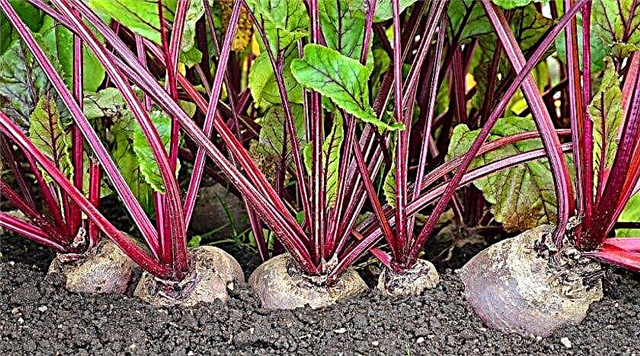
The characteristics of these varieties are given in the table:
| Index | Matryona | Kozak | "Action F1" | "Pablo F1" | "Detroit" |
| Possibility of growing on seeds (variety or hybrid) | Yes | Yes | no | no | Yes |
| Producing country | Russia | Poland | Netherlands | Netherlands | Italy |
| Maturity (in days) | 85–90 | 125 | 80–90 | 115 | 90–100 |
| The mass of fruits, g | 220–330 | 280–350 | 250–300 | 110–120 | 100–200 |
| The form | cylindrical | round | round | round | round |
| The presence of white rings | no | no | no | no | no |
| Productivity (kg from 1 sq. M) | 9 | high (depending on the region) | 9,5 | 7,5 | 7 |
Mid-season
Among the varieties of beets, which ripen a little later, but differ in a higher content of vitamins and other useful substances, the following should be distinguished:
- "Dark-skinned girl". The variety is appreciated for its juicy and delicate taste, as well as its high resistance to frost. Justifying the name, this beet has a rich dark flesh with a purple tint.
Video: beet variety dark-skinned
- Cardinal. Small root vegetables of this variety have a sweet taste and, in addition, boil pretty quickly. A distinctive feature of the “Cardinal” is also its simultaneous resistance to cold in spring and dry summers. However, for all its unpretentiousness, beet harvest depends heavily on external conditions.
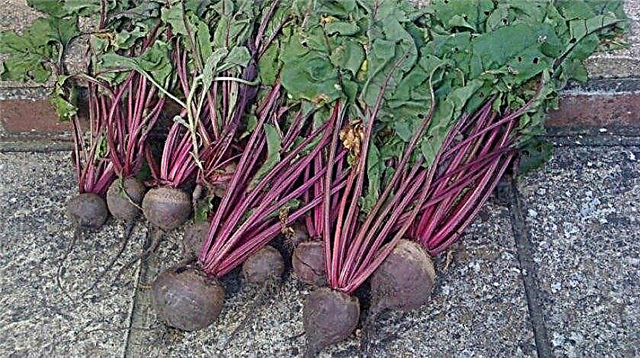
- "Bohemia". Beets of this variety ripen quite large, have the correct shape and beautiful luster of the peel. The taste characteristics of Bohemia are very high, the color of the pulp is saturated red. It is appreciated for its suitability for long-term storage and its vast zoning territory. The variety is resistant to fungal infections and bloom. Among the shortcomings, average yields should be noted.

- "Mulatto". The variety is distinguished by a dark saturated color, and this applies both to the peel and to the pulp. In the process of boiling the beets remain as bright. The “mulatto” is often left for winter storage, which is facilitated by good keeping quality of the variety. But the yield of this beet is on average even lower than that of Bohemia.
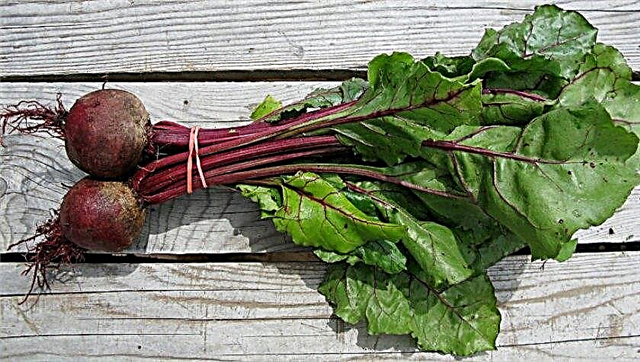
- "Boyar". The variety is usually classified as mid-season, although with sufficient amount of sunlight and heat, it can ripen in record time. This large-fruited beet is appreciated for its high palatability, good immunity, drought tolerance and the possibility of long-term storage. Under favorable conditions, it can demonstrate good productivity.

More detailed information about the named varieties is collected in the table:
| Index | "Dark-skinned girl" | Cardinal | "Bohemia" | "Mulatto" | "Boyar" |
| Possibility of growing on seeds | Yes | Yes | Yes | Yes | Yes |
| Producing country | Ukraine | Ukraine | Ukraine | Ukraine | Russia |
| Maturity (in days) | 100–115 | 100–120 | 80–110 | 120–130 | 60–120 |
| The mass of fruits, g | 300–500 | 200–350 | 250–350 | 160–360 | 500–600 |
| The form | flat | round | round | round | round |
| The presence of white rings | no | no | no | no | no |
| Productivity (kg from 1 sq. M) | 6,5 | 3,5–7 | 4,8 | 4 | 4–7 |
Important! Beetroot refers to vegetables showing the best chemical composition among mid seasonx varieties and hybrids.
Later
A long ripening period, offset by high yields, a rich vitamin composition and excellent taste characteristics, is characterized by beet varieties described below.
- Renova. In length, this beet grows up to 15 cm, has a rich red color and very high taste characteristics. Valued for long shelf life (external and taste characteristics are not lost for 6 months) and high immunity.

- One-sprout. It can grow to very large sizes, has a dark color, the taste of the vegetable is juicy and sweet. The variety can be stored for a long time, but disease resistance is average.
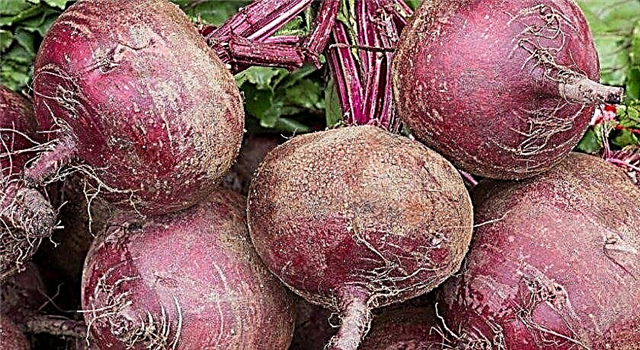
- The Citadella. Beets are small in size, but at the same time they can reach 20–26 cm in length. They have a bright taste and are appreciated for their suitability for long storage.
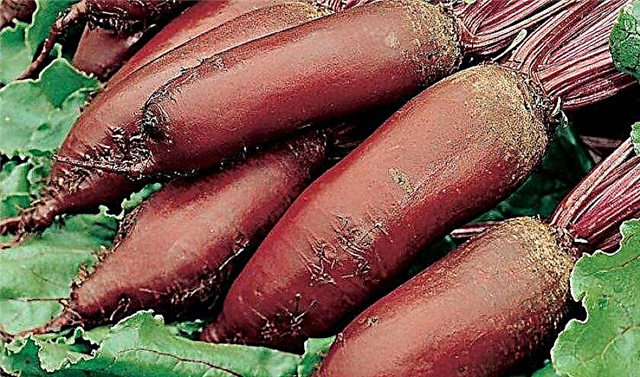
- Matron Zedek. Valued for good germination and long-term storage. A distinctive feature is the ability to give a good crop in conditions of excess moisture. The sugar content in the fruits reaches 7%, the taste is excellent, the color is dark.
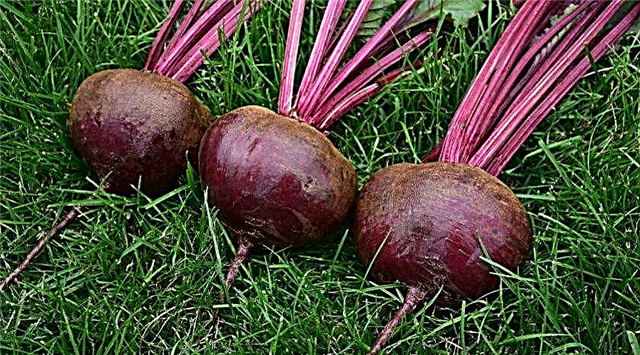
- Cylinder. Root crops have an average length of 10 to 16 cm, a diameter of 5–9 cm. The vegetable is distinguished by high taste characteristics and good germination. But the main advantage of Cylinders is its very high productivity.
Video: beetroot sort of cylinder
More clearly, the main indicators of these varieties can be seen in the table:
| Index | Renova | One-sprout | The Citadella | Matron Zedek | Cylinder |
| Possibility of growing on seeds | Yes | Yes | Yes | Yes | Yes |
| Producing country | Czech Republic | Russia | Czech Republic | Russia | Netherlands |
| Maturity (in days) | 120–130 | 130–160 | 110–130 | 115–125 | 110–130 |
| The mass of fruits, g | 300 | 300–600 | 180–360 | 250–500 | 180–350 |
| The form | cylindrical | round | cylindrical | round, slightly flattened | cylindrical |
| The presence of white rings | no | no | Yes | no | no |
| Productivity (kg from 1 sq. M) | 7–9 | 9 | 7–9 | 7 | 8-10 (with additional care and intensive top dressing - up to 12) |
Did you know? A record weight of the Cylinder beet was recorded: according to the manufacturer, the root crop can grow up to 1 kg 800 g, which is more likely for fodder vegetables than for canteens.
The best varieties
In addition to the ripening period, a good choice of vegetable variety directly depends on the climatic conditions in which it will be grown. So, if for regions with mild winters and hot summers, drought resistance is a quality that needs special attention, then for more northern regions it is much more important to select varieties or hybrids that can withstand severe frosts (during winter planting) and unexpected spring cooling. Below is a selection of the most successful beet varieties that are optimally suitable for cultivation in different regions of Russia.
For Moscow region
The following beet varieties are optimally suited for the Moscow Region and other regions of central Russia.
- "Red ball". Early ripe beets with round, even and smooth root crops of medium size. It has a beautiful dark color and a sweet taste. Productivity is average, but with good care it can be significantly increased.

- "Vodan F1". Early ripe high-yielding hybrid. Fruits have a thin ponytail, smooth skin and a plain bright color. It is appreciated for its high palatability, as well as resistance to frost and drought, although yield can be significantly reduced.
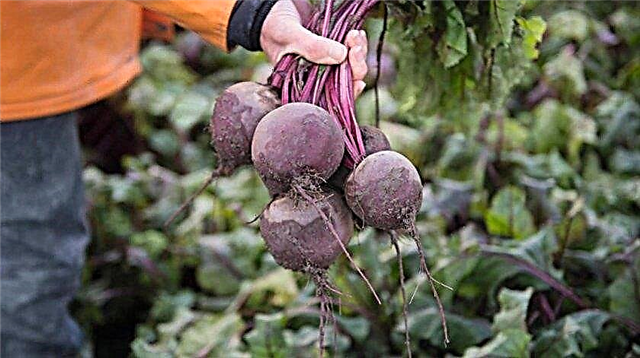
- Bordeaux 237. Large-fruited beets are slightly flattened. It has good taste characteristics and a fairly high yield, which depends on lighting, temperature and watering.
Video: beetroot
- Ataman. Medium late large root crops of cylindrical shape have a length of up to 20 cm and a diameter of up to 7 cm at the base, the tip is thinner, sharpened. The variety has a high juice content and excellent taste. The color is solid. Yields are average.
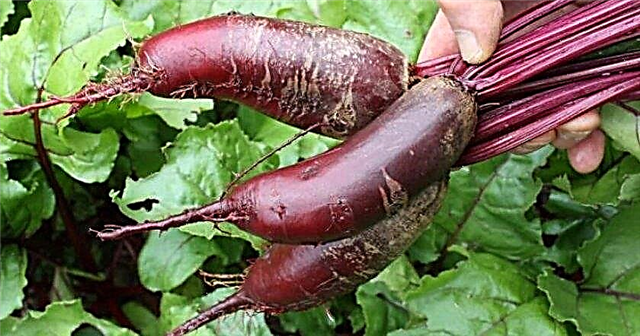
- Mona. Mid-early beetroot type beets. It has a high sugar content and pronounced juiciness. Valued for its unpretentiousness and good productivity.
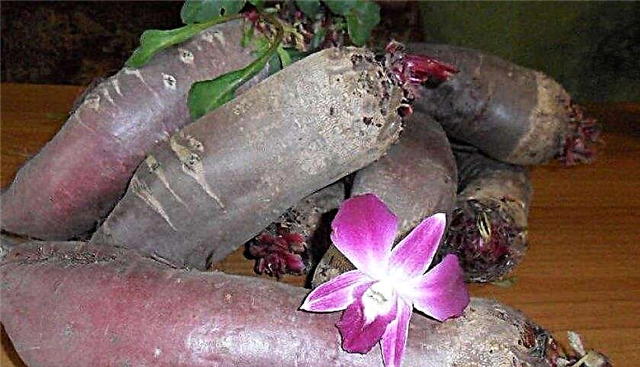
Summary information on the main characteristics of the selected varieties of beets is given in the table:
| Index | "Red ball" | "Vodan F1" | Bordeaux 237 | Ataman | Mona |
| Possibility of growing on seeds | Yes | no | Yes | Yes | Yes |
| Producing country | Germany | Netherlands | Russia | Germany | Russia |
| Maturity (in days) | 100 | 80 | 100 | 100–110 | 75–100 |
| The mass of fruits, g | 300 | 200–300 | 500 | 230–370 | 200–350 |
| The form | round | round | round | cylindrical | cylindrical |
| The presence of white rings | no | no | Yes | no | Yes |
| Productivity (kg from 1 sq. M) | 3–6 | depends on growing conditions | 4–8 | 3–6 | 5,5–5,8 |
For the Urals
In the colder regions of Russia, in particular, in the Urals, the following beet varieties and hybrids can be planted:
- Bikores. Late-ripening beets of large sizes with a thin skin and a pleasant sweet taste. It tolerates both cold and drought.
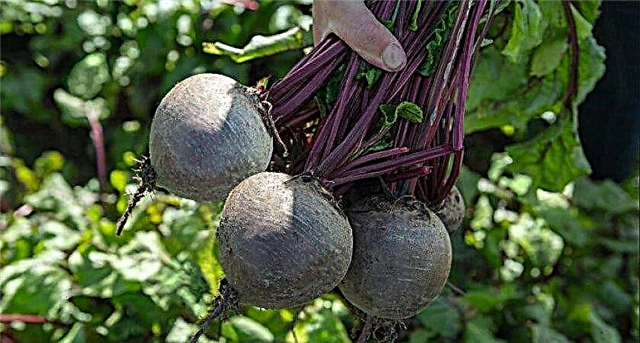
- Valenta. It has fairly large fruits with a thin and smooth skin. Valued for a large number of single-fruited seeds (there is no need for thinning). Productivity is high, but depends on the amount of heat. Among the advantages can be called good taste, among the shortcomings - the heterogeneity of the color of the pulp.
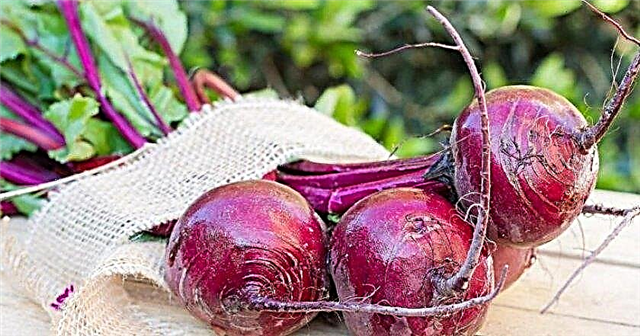
- Bon-Bon F1. This hybrid is considered mid-season and large-fruited. Valued for a small number of leaves, solid color, high flavor characteristics and suitability for long-term storage.
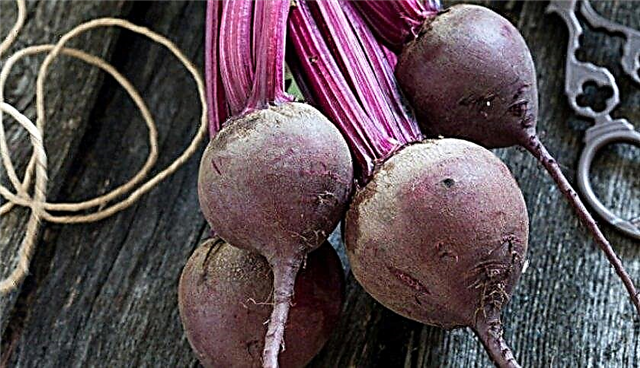
- "Lady". Small root crops have medium ripening periods, are well stored, are always juicy and sweet. The advantage of the "Lady" is also that it rarely exhibits flowering. Among the shortcomings are called low productivity under adverse climatic conditions.
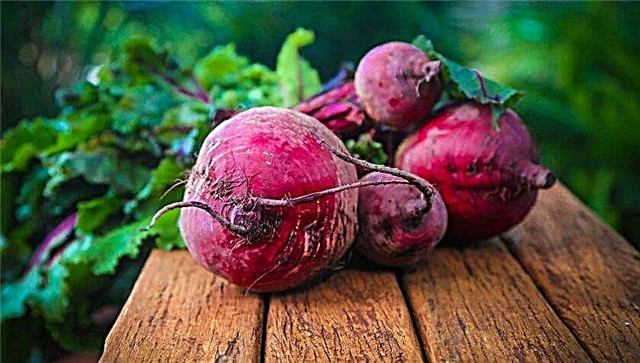
- "Red ice". This variety is characterized in that its ripening time can be greatly reduced with enough light. In this regard, beets can be considered both early and mid-season. Appreciated for the correct shape and lack of cracks, juicy taste and delicate pulp without coarse fibers. It contains a high amount of sugar, has a solid color, which also does not fade during the heat treatment.

Below is a more detailed description of these beet varieties:
| Index | Bikores | Valenta | Bon-Bon F1 | "Lady" | "Red ice" |
| Possibility of growing on seeds | Yes | Yes | no | Yes | Yes |
| Producing country | Netherlands | Russia | Russia | Russia | Russia |
| Maturity (in days) | 120 | 80–85 | 120 | 100–120 | 100 |
| The mass of fruits, g | 160–320 | 170–300 | 300 | 90–220 | 240–300 |
| The form | round | round | round | round | round |
| The presence of white rings | no | Yes | no | no | no |
| Productivity (kg from 1 sq. M) | 6 | depends on growing conditions | depends on growing conditions | 3,5–7 | 4,2–5,5 |
Did you know? Until the middle of the 18th century, sugar was obtained exclusively from sugarcane. The famous German chemist Andreas Sigismund Marggraf first proposed the use of beets for these purposes.
For Siberia
High frost resistance, which allows you to grow root crops even in regions such as Siberia, have the following high-quality varieties and hybrids.
- Siberian Flat. Early ripe large-fruited beets are so frost-resistant that they can be sown in the winter method even in Siberia. The taste is juicy, bright, sweet and delicate, but the yield is highly dependent on weather conditions.

- "Rocket F1". Mid-season hybrid is characterized by equally high indicators in all important parameters - color saturation, regularity of form, taste characteristics, keeping quality, universal purpose and productivity.

- "Red hero". Small root crops up to 7 cm long have good flavoring characteristics, but are primarily valued for their high yields.
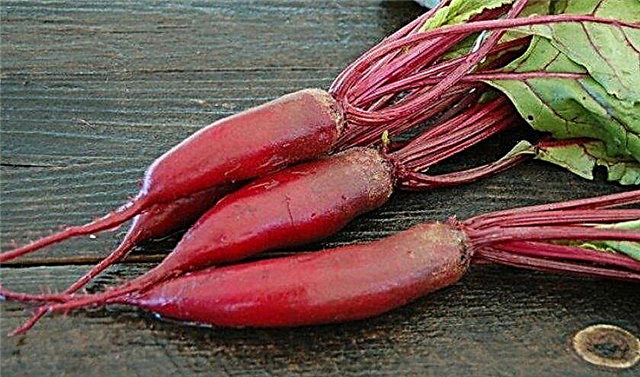
- "Masha". Mid-ripening large-fruited beets; the mass of one fruit can reach 600 g. The vegetable has a bright plain color and beautiful shiny skin. Valued for its excellent taste, high sugar and vitamins. Among the unconditional advantages, excellent productivity is also noted, even in conditions of lack of heat.
- "Merchant". Beet was bred relatively recently; its authors are Altai breeders who specially developed a vegetable for the harsh Siberian climate. Neither the manufacturer nor the gardeners, who managed to get acquainted with the new product, do not yet provide accurate information about which category it should be related to in terms of maturity. "Merchant" managed to gain popularity due to the correct shape of the fruit, very high endurance and excellent taste. This beet is cooked quickly and at the same time retains its qualities well both during storage and during cooking. Yields are average.
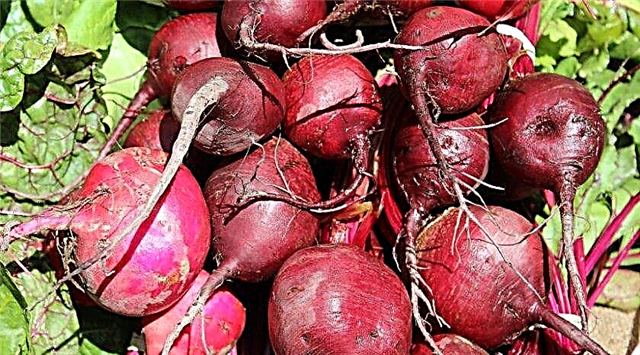
Detailed information about beets that can be grown in Siberia can be found in the summary table:
| Index | Siberian Flat | "Rocket F1" | "Red hero" | "Masha" | "Merchant" |
| Possibility of growing on seeds | Yes | no | Yes | Yes | Yes |
| Producing country | Russia | Netherlands | Russia | Russia | Russia |
| Maturity (in days) | 60–90 | 90–100 | 116–125 | 115–120 | no information |
| The mass of fruits, g | 190–340 | 400 | 200–550 | 350–550 | 200–400 |
| The form | round, flattened | cylindrical | cylindrical | cylindrical | round |
| The presence of white rings | no | no | no | no | no |
| Productivity (kg from 1 sq. M) | 2,5–6,8 | 5–7 | 8–10,5 | 10 | 2,5–5 |
Varieties of fodder beets
Stern beet is different from the dining room:
- larger sizes;
- lower sugar content;
- high content of coarse fiber.
In addition, feed varieties can have not only a round, flattened and cylindrical shape characteristic of table beets, but also a cone shape. In addition, this category is characterized by a wide variety of colors - in addition to traditionally red, root crops can be pink, orange, white or yellow.
Did you know? Despite the fact that beets (stern and dining) widely used in animal husbandry, this product often causes serious poisoning in farm animals (pigs, cows, sheep). The main reason for this is nitric acid salts that accumulate in root crops due to violation of agricultural engineering rules. Beet toxicity reaches its maximum limit in about 12 hours after steaming and can lead to the death of the animal in less than half an hour after taking such a product.
Among the most successful varieties of table beets are the following:
- "Lada."

- "Centaur."
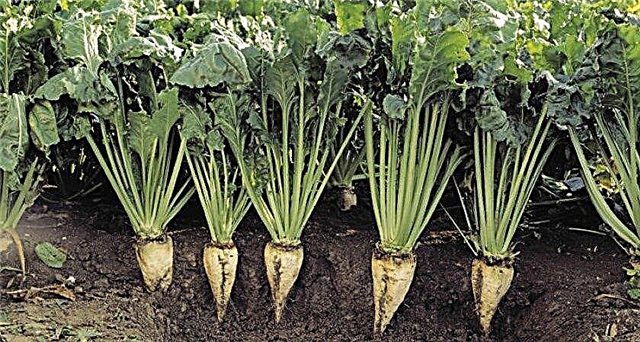
- Ursus.
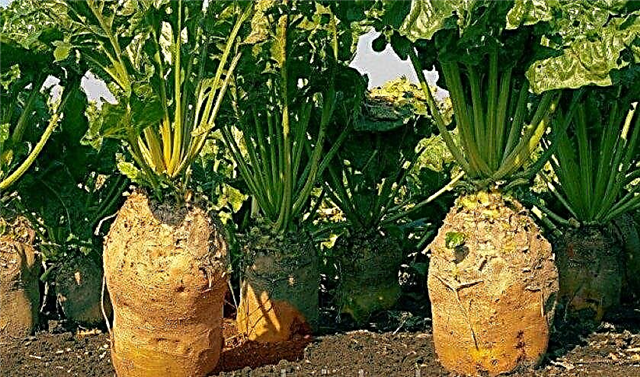
- The foreman.
- "Kiev pink."

Their technical characteristics, distinguishing features and main advantages are given in the table:
| Index | Lada | Centaur | Ursus | The Foreman | "Kiev pink" |
| Producing country | Belarus | Poland | Poland | Germany | Ukraine |
| Maturity (in days) | 130–145 | 145 | 145 | 120 | 130–145 |
| The mass of fruits, g | 2500 | 1200–2700 | 5000–6000 | 3000 | 1200–2000 |
| The form | conical | oval with elongated nose | conical | oval | oval |
| Colour | white | white | bright yellow | saturated yellow green | light pink |
| Productivity (kg from 1 sq. M) | up to 12 | 10–11 | 12,5 | up to 15 | 12 |
| Distinctive features | resistance to fungal infections; lack of a tendency to bloom | drought tolerance; persistent immunity; high yield | very high yield | high sugar content; keeping the aerial parts fresh until the harvest (allows you to use not only root crops, but also green tops for cattle feed) | low degree of pollution due to a small depth of soil |
There are a lot of varieties, varieties and hybrids of beets.
That is why, before planting this most useful root crop in your area, you need to evaluate a lot of criteria, based on which the final choice is made in favor of a particular variety.
































